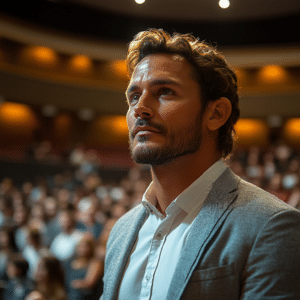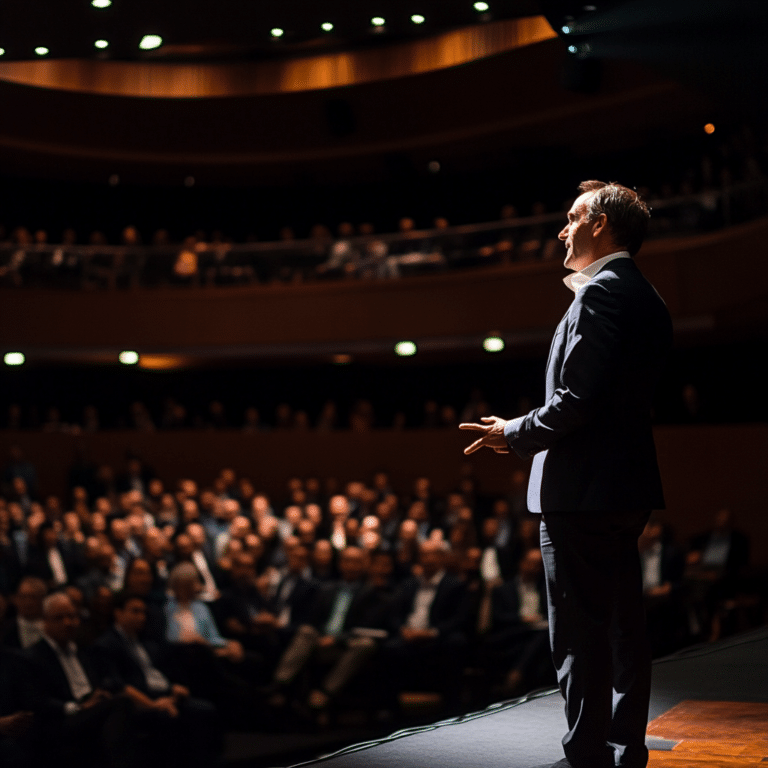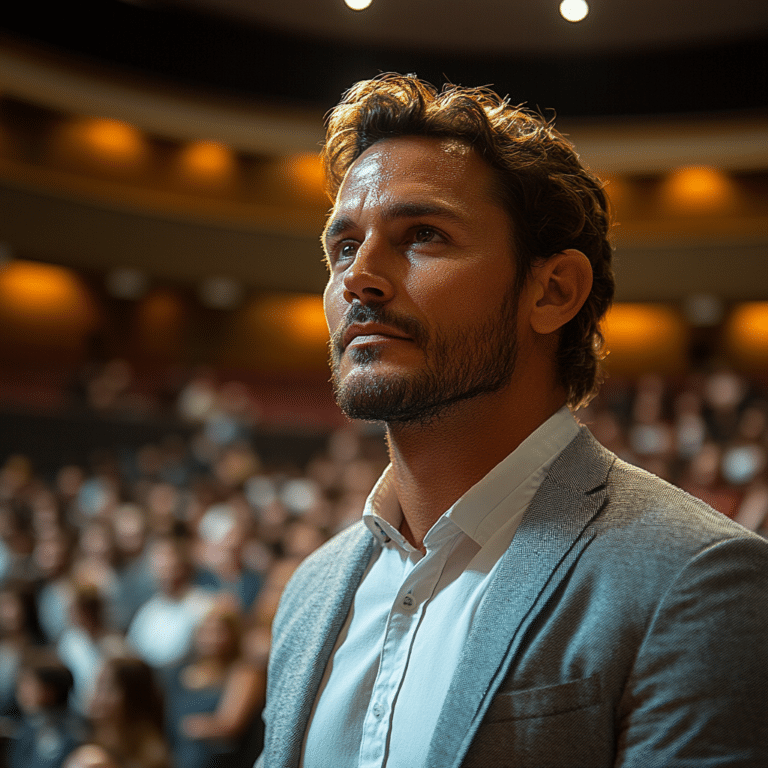Agent image pricing is crucial in structuring and understanding representation fees in the talent industry. Knowing how these fees are determined impacts both agents and talent dramatically.
Agents typically charge based on marketability, demand, reach, and past success. High-demand talents face higher agent fees, often between 10% to 20% of their earnings. For rising stars, the image price starts lower but increases with their growing appeal.
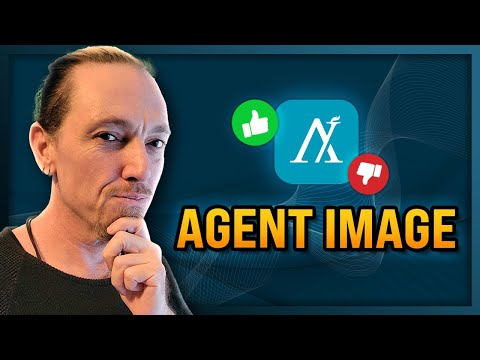
Understanding Agent Fees and the Role of Agent Image Pricing
Agent image pricing determines the impression, negotiation power, and overall industry standing of an agent. Agents balance various factors, including:
High-demand talents might see a higher percentage cut, typically ranging from 10% to 20% of earnings. For emerging stars, the image price starts lower and escalates with their increasing market appeal.

Top 7 Agent Image Pricing Secrets and Strategies
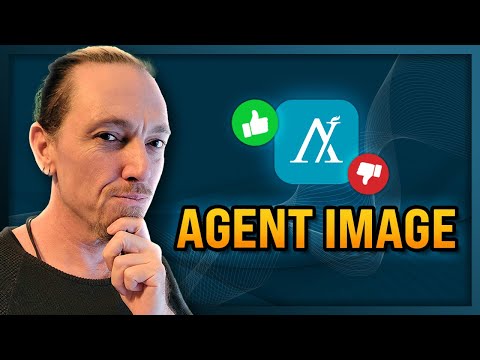
1. Leveraging Market Analysis for Competitive Pricing
Agents from top-tier firms like the Creative Artists Agency (CAA) and William Morris Endeavor (WME) use thorough market analysis to set competitive pricing. By evaluating trends, representation fees, and marketability, agents create a pricing structure that maximizes revenue and appeals to prospective talents.
2. Dynamic Pricing Based on Talent Lifecycle
A well-practiced strategy involves adjusting fees according to the talent’s career stage. Agencies like Paradigm Talent Agency might offer lower fees at an early stage. As talents gain more recognition, these fees scale to reflect their rising market value.
3. Negotiation Tactics for Optimal Agent-Talent Agreements
Successful negotiation is key. Agencies like United Talent Agency (UTA) emphasize transparent discussions. Both parties must agree on representation fees, including future fee adjustments based on performance metrics and new opportunities.
4. Utilizing Technology for Tracking Talent Value
Technology ensures optimal pricing. Agencies like APA (Agency for the Performing Arts) leverage real-time data tools to track trends, engagement metrics, and competition. This data backs their pricing strategies with concrete evidence.
5. Creating Exclusive Packages for High-Value Talents
High-profile agents create exclusive packages for top-tier clients. WME, for instance, offers tailored services to celebrities like Dwayne Johnson. These representation fees reflect the comprehensive services from contract negotiations to brand strategy.
6. Adjusting Pricing According to Market Fluctuations
Market fluctuations can impact agent image pricing. Agencies such as IMG use flexible pricing models that adapt to market changes. This ensures competitive and relevant talent representation fees amid economic shifts.
7. Strategic Branding and Marketing for Fee Justification
Marketing talents effectively justifies higher fees. Companies like CAA run extensive branding campaigns, showcasing talent achievements. This visibility boosts demand and solidifies the rationale for premium representation fees.
Real-World Examples of Agent Image Pricing in Action
- CAA’s Pricing Strategy with A-List Celebrities: CAA uses a tiered fee system that scales with client fame. Representing A-listers like Jennifer Lawrence, they command higher fees due to their talents’ global reach and marketability.
- WME’s Adaptive Pricing for New Clients: WME adjusts fees based on initial success and market potential. An emerging musician might start with lower fees, increasing as they secure bigger deals and recognition.

| Feature | Description | Price Range | Benefits |
| Basic Photo Touch-Up | Minor adjustments such as brightness, contrast, and minor blemish removal. | $25 – $50 | Enhanced professional appearance, minimal investment. |
| Standard Retouching | Includes basic touch-up plus skin smoothing, teeth whitening, and eye enhancement. | $75 – $150 | Improved visual appeal, more polished and approachable image. |
| Advanced Retouching | Comprehensive editing including facial feature adjustment, background changes, and advanced color correction. | $200 – $350 | Perfected image ready for high-visibility marketing materials or profile pictures. |
| Corporate Headshots | Professional headshot session with multiple images and standard retouching. | $150 – $300 per session | Consistent, high-quality images for corporate use, including LinkedIn and corporate websites. |
| Portfolio Development | Multiple sessions and varied looks for comprehensive portfolio creation. | $500 – $1,000 | Diverse portfolio showcasing different styles for broader market appeal. |
| Event Photography | High-resolution images taken during corporate events, networking sessions, or public speaking engagements. | $150 – $500 per hour | Capture significant moments for promotional use, enhance public relations materials. |
| Licensing Rights | Rights to use images across various media such as print, web, and broadcast. | $50 – $200 per image | Flexibility to use professional images in diverse marketing and publicity materials. |
| Custom Photo Packages | Tailored packages combining several services to meet specific needs of clients. | Varies ($300 – $2,000) | Convenient, cost-effective solutions, fully customized to match individual or corporate needs. |
| Bulk Image Discounts | Discounted rates for large volume purchases, applicable for multiple agents or long-term contracts. | 10% – 30% off | Cost savings for bulk orders, ideal for agencies managing many clients or projects. |
Innovative Wrap-Up: The Future of Agent Image Pricing
Advancements in technology, market analytics, and industry standards are set to reshape agent image pricing. The future may bring more personalized pricing tailored to individual needs, potentially leveraging AI to predict market trends and talent value accurately. As the talent industry evolves, staying ahead with smart pricing strategies will be crucial for agents aiming to deliver maximum value and sustained revenue growth.
Links
- Six Flags team
- Is Heloc a Good Idea
- Game Of Thrones nudity
- TED Conferences
- National Speaker bureau
- National speakers association
- Speaker Lab
- Accountability Chart

Agent Image Pricing Secrets and Strategies
When talking about agent image pricing, it’s fascinating to delve into some lesser-known facts that can really spice up your knowledge. Did you know that 93% of consumers base their purchasing decisions on visual appearance? That’s right! This statistic highlights the importance of high-quality agent images because they are not just a nice-to-have; they can actually make or break a sale.
Historical Insights
Thinking back to the roots of agent image pricing, you might be surprised to uncover that early advertising relied heavily on effective imagery to captivate audiences. For instance, in the 1920s, the use of vivid, eye-catching posters was not just a trend but a necessity for successful campaigns. This historical reliance on impactful visuals directly correlates to today’s trending focus on pristine agent marketing materials.
Technological Advances
Fast forward to the digital age, and the game has changed exponentially. In 2019, almost every real estate platform transitioned to HD photos and 3D tours to satiate the hunger for high-quality visuals. This shift underscores the significant investment in technology to keep pace with client expectations. You might wonder how this impacts agent image pricing—well, the demand for tech-savvy solutions like virtual staging has considerably altered the pricing landscape, making today’s rates more competitive.
Fun Facts
Lastly, here’s something fun:
In summary, agent image pricing encompasses a variety of elements, from historical practices to modern technological advancements, all aimed at delivering captivating, high-quality images that can significantly influence purchasing decisions. So, next time you’re browsing real estate images or marketing materials, remember the meticulous art and science that goes into determining their worth.






